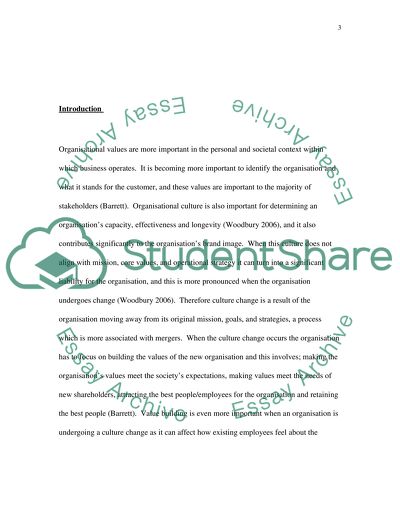Cite this document
(“Change Management towards a Successful Merger Essay”, n.d.)
Retrieved from https://studentshare.org/miscellaneous/1506725-change-management-towards-a-successful-merger
Retrieved from https://studentshare.org/miscellaneous/1506725-change-management-towards-a-successful-merger
(Change Management towards a Successful Merger Essay)
https://studentshare.org/miscellaneous/1506725-change-management-towards-a-successful-merger.
https://studentshare.org/miscellaneous/1506725-change-management-towards-a-successful-merger.
“Change Management towards a Successful Merger Essay”, n.d. https://studentshare.org/miscellaneous/1506725-change-management-towards-a-successful-merger.


